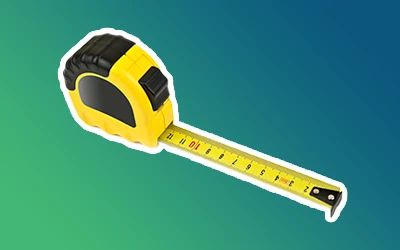
There are several types of penalties that the IRS can assess. The penalties are assessed at different rates and are set for different time periods. Getting those penalties waived can save hundreds and possibly thousands of dollars. You can even get your penalty waived from a previous year.
Tracking of Penalties
How does the IRS track these penalties? The IRS tracks penalties by tax form and year. That means if you file your taxes personally, they track it by your Form 1040 by the filing year. Say you file your 2018 Form 1040 late then it is going to be your 2018 Form 1040 that is assessed the penalty. The same thing goes for your business. If you filed your business tax return, say you are an S-Corporation, you have a Form 1120S filed late for 2018, then it is your 2018 Form 1120S that is assessed the penalty. This is an important distinction because if you are a business owner and you have an S-Corporation and you have payroll, your payroll tax forms (Form 941) are tracked separately, which means the penalties are also tracked separately. This also means that you can file for a penalty waiver for your payroll taxes and for your income taxes separately.
Types of IRS Penalties
- Failure to File Penalty – a penalty assessed if you file your return late or if you do not file your return at all.
- Failure to Pay Penalty – a penalty assessed if you pay your taxes due late or you do not pay at all.
- Failure to Deposit Penalty – a penalty assessed if you fail to deposit payroll taxes
- Underpayment Penalty – a penalty assessed for not paying quarterly estimated taxes if you own a business or have other sources of income outside of your W-2 job.
- Substantial Understatement Penalty – a penalty assessed if you forgot to report some income on your tax return and then the IRS finds out about it.
- Negligent Penalty – a penalty assessed if the IRS believes you are purposefully not reporting income.
Reasons for Penalty Waivers
- Reasonable Cause Waiver – a reasonable medical or other reasonable inability to file taxes or pay taxes.
- Statutory and Regulatory Exception Waiver – if you received incorrect written advice from the IRS.
- IRS Error Correction Waiver – due to an error made by the IRS.
- Administrative waiver – the IRS may formally interpret or clarify a provision to provide administrative relief from a penalty.
Reasons for Penalty Waivers
- Reasonable Cause Waiver – a reasonable medical or other reasonable inability to file taxes or pay taxes.
- Statutory and Regulatory Exception Waiver – if you received incorrect written advice from the IRS.
- IRS Error Correction Waiver – due to an error made by the IRS.
- Administrative waiver – the IRS may formally interpret or clarify a provision to provide administrative relief from a penalty.



